Home>Furniture & Design>Bathroom Accessories>How To Clean A Bamboo Toothbrush
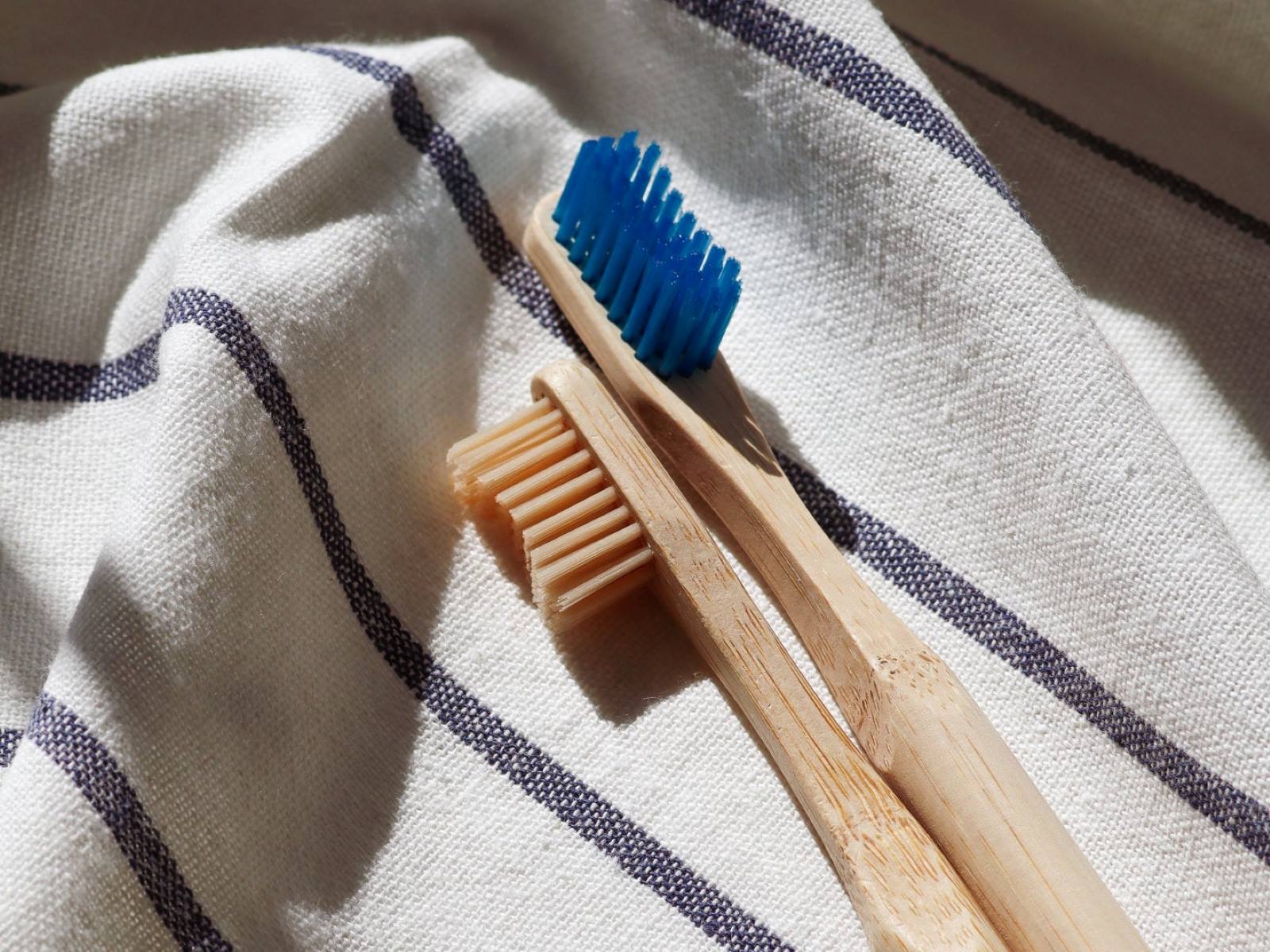

Bathroom Accessories
How To Clean A Bamboo Toothbrush
Modified: August 19, 2024
Learn how to properly clean and maintain your bamboo toothbrush for a more sustainable bathroom routine. Discover eco-friendly bathroom accessories and cleaning tips.
(Many of the links in this article redirect to a specific reviewed product. Your purchase of these products through affiliate links helps to generate commission for Storables.com, at no extra cost. Learn more)
Introduction
Cleaning a bamboo toothbrush is an essential part of maintaining good oral hygiene and ensuring the longevity of the toothbrush. Bamboo toothbrushes have gained popularity due to their eco-friendly and sustainable nature, making them a preferred choice for individuals seeking to reduce their environmental footprint. Unlike traditional plastic toothbrushes, bamboo toothbrushes require special care to keep them clean and free from bacteria.
Proper cleaning of a bamboo toothbrush involves a few simple steps that can be easily incorporated into your daily routine. By following these steps, you can effectively remove any lingering bacteria and debris, ensuring that your toothbrush remains hygienic and safe to use. Additionally, regular cleaning can help extend the lifespan of your bamboo toothbrush, allowing you to maximize its eco-friendly benefits.
In the following sections, we will explore a step-by-step guide on how to effectively clean a bamboo toothbrush, providing you with the knowledge and techniques needed to maintain a clean and healthy oral care tool. By incorporating these cleaning practices into your dental hygiene routine, you can ensure that your bamboo toothbrush remains in optimal condition, promoting both oral health and environmental sustainability.
Key Takeaways:
- Keep your bamboo toothbrush clean by rinsing it after each use to remove leftover toothpaste and food particles, promoting oral hygiene and extending its lifespan.
- Disinfect your bamboo toothbrush using natural methods like hydrogen peroxide or tea tree oil to eliminate bacteria, ensuring a hygienic and eco-friendly oral care tool.
Read more: How To Store Bamboo Toothbrush
Step 1: Rinse the toothbrush
Rinsing your bamboo toothbrush is the first crucial step in the cleaning process. After each use, thoroughly rinsing the toothbrush under running water helps remove any remaining toothpaste, food particles, and saliva from the bristles and handle. This simple yet effective practice prevents the accumulation of debris and bacteria, ensuring that your toothbrush remains hygienic and ready for the next use.
To rinse the toothbrush effectively, hold it under the running water, allowing the water to flow over and through the bristles. Use your fingers to gently massage the bristles, ensuring that any trapped particles are dislodged and washed away. It's important to pay attention to the base of the bristles where they meet the handle, as this area can easily collect residue if not properly rinsed.
Additionally, gently flexing the bristles while rinsing can help dislodge any stubborn debris, promoting a more thorough cleaning process. By incorporating this practice into your daily routine, you can prevent the buildup of bacteria and maintain the overall cleanliness of your bamboo toothbrush.
Rinsing your bamboo toothbrush after each use not only contributes to its cleanliness but also helps preserve its structural integrity. By removing residual toothpaste and food particles, you can prevent the bristles from becoming stiff or discolored over time, ensuring that your toothbrush continues to provide effective oral care.
In summary, rinsing your bamboo toothbrush after each use is a simple yet essential step in maintaining its cleanliness and functionality. By incorporating this practice into your oral care routine, you can ensure that your toothbrush remains hygienic and ready for use, promoting both oral health and environmental sustainability.
Step 2: Use soap and water to clean the bristles
After thoroughly rinsing the bamboo toothbrush, the next step involves using soap and water to clean the bristles more effectively. This process helps to remove any remaining bacteria, plaque, and debris that may be lodged between the bristles, ensuring a thorough and hygienic cleaning.
To begin, apply a small amount of gentle liquid soap or hand soap to the bristles of the toothbrush. It's important to choose a mild soap that is free from harsh chemicals, as this will help preserve the integrity of the bamboo and the bristles while effectively removing impurities. Gently work the soap into the bristles, using your fingers to create a lather and ensure that the entire surface of the bristles is covered.
Once the bristles are lathered with soap, continue to massage them gently under running water. The combination of soap and water helps to dislodge any remaining debris and bacteria, effectively cleansing the bristles and promoting a hygienic oral care tool. It's important to pay attention to the base of the bristles, ensuring that the soap reaches the areas where they meet the handle, as this is a common area for residue buildup.
After thoroughly massaging the bristles with soap and water, rinse the toothbrush under running water until all traces of soap are removed. It's essential to ensure that no soap residue remains on the bristles, as this can affect the taste of the toothpaste and may be ingested during brushing.
Once the bristles are clean and free from soap, gently shake the toothbrush to remove excess water. It's important to avoid vigorously shaking the toothbrush, as this can cause damage to the bristles or the bamboo handle. Instead, gently tap the toothbrush against the edge of the sink to dislodge any remaining water droplets.
By incorporating the use of soap and water into the cleaning process, you can effectively remove bacteria, plaque, and debris from the bristles of your bamboo toothbrush, ensuring that it remains hygienic and ready for use. This simple yet essential step contributes to the overall cleanliness and maintenance of your toothbrush, promoting optimal oral hygiene and environmental sustainability.
Rinse your bamboo toothbrush thoroughly after each use and let it air dry. Every few weeks, soak the bristles in a mixture of water and hydrogen peroxide to disinfect.
Step 3: Disinfect the toothbrush
Disinfecting your bamboo toothbrush is a crucial step in maintaining its cleanliness and ensuring optimal oral hygiene. While regular cleaning helps remove visible debris and bacteria, disinfection goes a step further by targeting and eliminating potentially harmful microorganisms that may be present on the toothbrush.
To disinfect your bamboo toothbrush, you can utilize natural and effective methods that are gentle on the bristles and the environment. One popular approach is to use a solution of hydrogen peroxide or white vinegar, both of which possess natural disinfectant properties.
To begin, prepare a small container and pour enough hydrogen peroxide or white vinegar to submerge the bristles of the toothbrush. Allow the toothbrush to soak in the solution for a few minutes, ensuring that the disinfectant reaches all parts of the bristles and the handle. This soaking process helps to eliminate bacteria and germs that may have accumulated on the toothbrush, promoting a hygienic oral care tool.
After the soaking period, thoroughly rinse the toothbrush under running water to remove any residual disinfectant. It's important to ensure that the entire solution is washed away, as ingesting disinfectant residue can be harmful. Once rinsed, gently shake the toothbrush to remove excess water and allow it to air dry completely.
Another effective method for disinfecting a bamboo toothbrush is to use tea tree oil, known for its natural antibacterial properties. Simply dilute a few drops of tea tree oil in a small amount of water and submerge the bristles of the toothbrush in the solution for a few minutes. The antimicrobial properties of tea tree oil help eliminate bacteria and fungi, contributing to a thorough disinfection process.
After disinfecting the toothbrush with tea tree oil, rinse it under running water and allow it to air dry completely. The natural disinfectant properties of tea tree oil provide an eco-friendly and gentle approach to ensuring the cleanliness and hygiene of your bamboo toothbrush.
By incorporating these natural disinfection methods into your regular cleaning routine, you can effectively eliminate bacteria and germs, ensuring that your bamboo toothbrush remains hygienic and safe for use. This proactive approach to disinfection contributes to the overall maintenance of your oral care tool, promoting both oral health and environmental sustainability.
Step 4: Dry the toothbrush
After completing the cleaning and disinfection process, it is essential to ensure that your bamboo toothbrush is thoroughly dried before its next use. Proper drying not only helps maintain the cleanliness of the toothbrush but also contributes to the longevity of its bristles and handle. By allowing the toothbrush to dry completely, you can prevent the growth of mold, mildew, and bacteria, ensuring that it remains hygienic and safe for future use.
To begin the drying process, gently shake the toothbrush to remove excess water. It's important to avoid vigorous shaking, as this can cause damage to the bristles or the bamboo handle. Instead, lightly tap the toothbrush against the edge of the sink to dislodge any remaining water droplets.
Next, place the toothbrush in an upright position in a well-ventilated area. Allowing air to circulate around the toothbrush facilitates the evaporation of any remaining moisture, ensuring that it dries thoroughly. It's best to position the toothbrush in a holder or toothbrush stand that allows for proper airflow around the bristles and the handle.
Avoid placing the toothbrush in a closed container or covering it with a cap immediately after cleaning, as this can trap moisture and create an environment conducive to bacterial growth. Instead, opt for open-air drying to promote optimal hygiene and prevent the accumulation of moisture.
Furthermore, it's advisable to store the toothbrush away from other bathroom essentials, such as toothpaste and soap, to prevent cross-contamination and promote a hygienic environment. By allowing the toothbrush to dry separately in a well-ventilated space, you can minimize the risk of bacterial transfer and maintain its cleanliness.
In addition to air drying, you can also consider using a towel to gently pat the bristles and handle of the toothbrush, further aiding the removal of excess moisture. However, it's important to ensure that the towel is clean and free from any debris or contaminants to avoid reintroducing impurities to the toothbrush.
By incorporating these drying practices into your oral care routine, you can ensure that your bamboo toothbrush remains clean, hygienic, and ready for use. Proper drying not only contributes to the maintenance of the toothbrush but also promotes optimal oral hygiene and environmental sustainability.
Read more: How To Dispose Of Bamboo Toothbrush
Conclusion
In conclusion, maintaining a clean and hygienic bamboo toothbrush is essential for both oral health and environmental sustainability. By following the step-by-step guide outlined in this article, individuals can effectively clean, disinfect, and dry their bamboo toothbrushes, ensuring that they remain free from bacteria and debris.
Regular rinsing of the toothbrush after each use helps prevent the accumulation of residual toothpaste, food particles, and saliva, contributing to its overall cleanliness. Incorporating gentle soap and water cleaning further removes bacteria and plaque from the bristles, promoting a thorough and hygienic oral care tool.
The disinfection process, utilizing natural methods such as hydrogen peroxide, white vinegar, or tea tree oil, targets and eliminates potentially harmful microorganisms, ensuring that the bamboo toothbrush remains safe for use. Proper drying techniques, including air drying in a well-ventilated area, prevent the growth of mold and bacteria, contributing to the longevity of the toothbrush.
By maintaining a clean bamboo toothbrush, individuals not only prioritize their oral hygiene but also contribute to environmental sustainability. Bamboo toothbrushes, known for their eco-friendly nature, require proper care to maximize their benefits and reduce environmental impact.
Incorporating these cleaning practices into a regular oral care routine promotes the longevity of bamboo toothbrushes, reducing the frequency of replacements and minimizing waste. By extending the lifespan of these sustainable oral care tools, individuals can actively participate in reducing plastic pollution and promoting a greener, more eco-conscious lifestyle.
In essence, the proper cleaning, disinfection, and drying of bamboo toothbrushes align with the principles of sustainable living and responsible consumption. By adopting these practices, individuals can maintain a clean and hygienic oral care tool while contributing to a healthier planet for future generations.
Frequently Asked Questions about How To Clean A Bamboo Toothbrush
Was this page helpful?
At Storables.com, we guarantee accurate and reliable information. Our content, validated by Expert Board Contributors, is crafted following stringent Editorial Policies. We're committed to providing you with well-researched, expert-backed insights for all your informational needs.
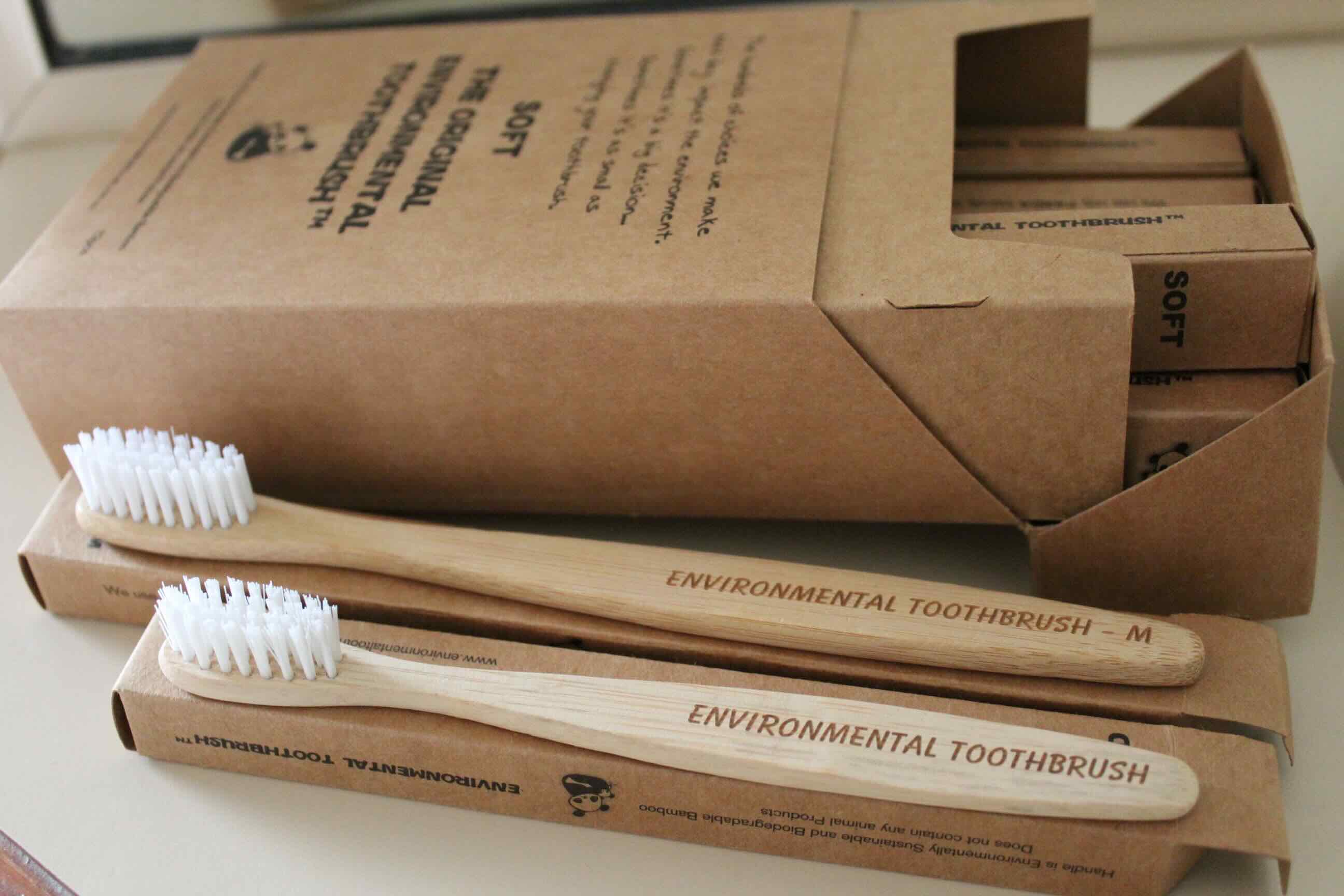
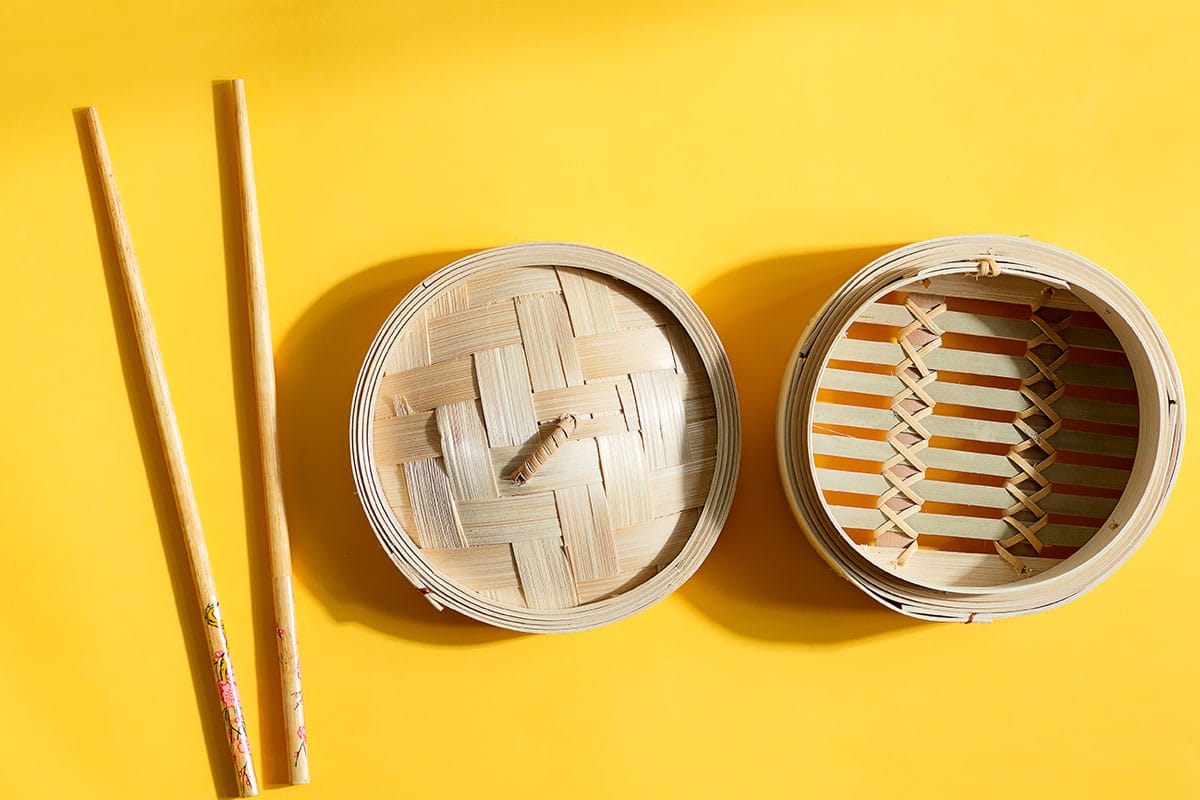
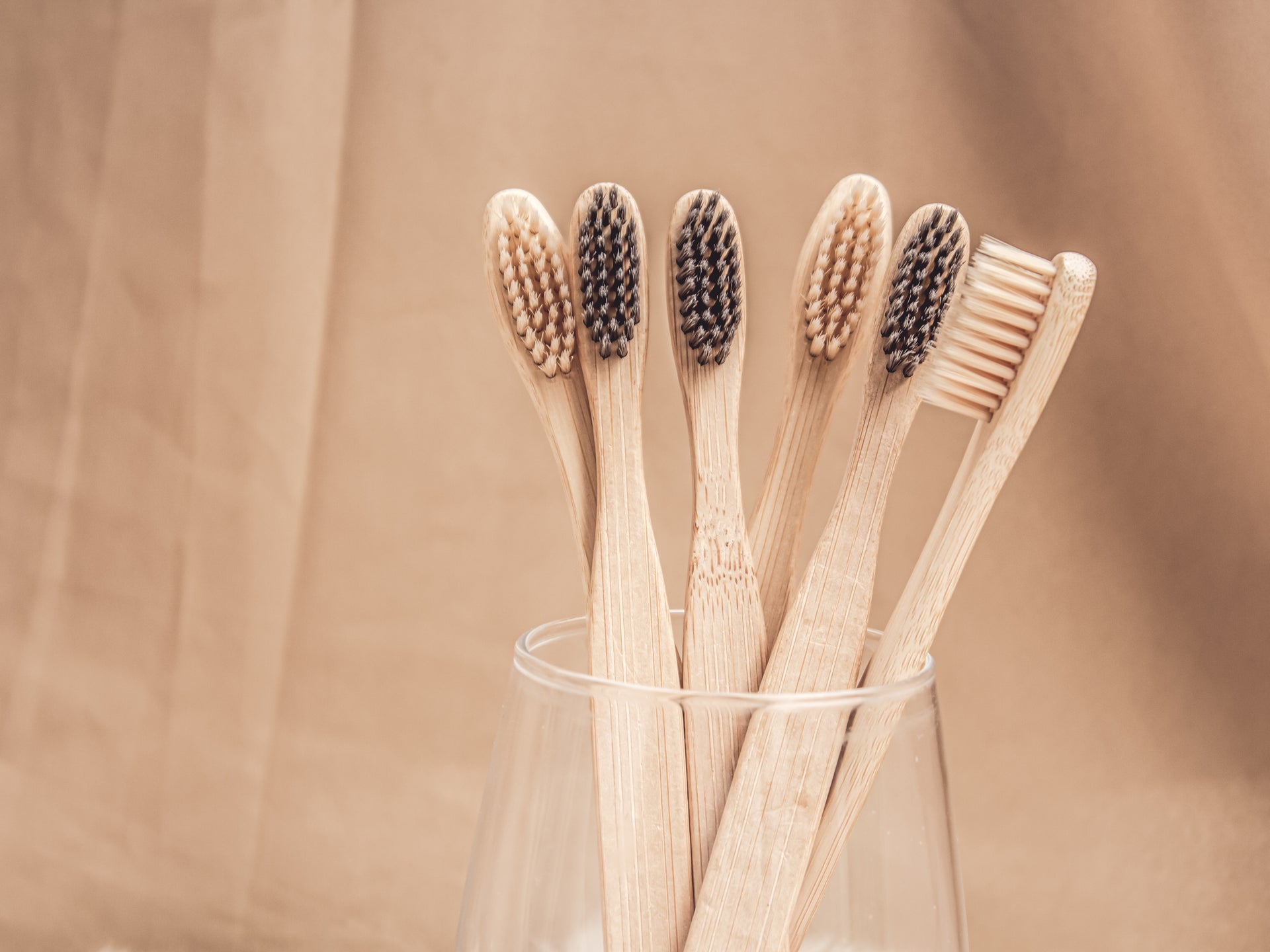
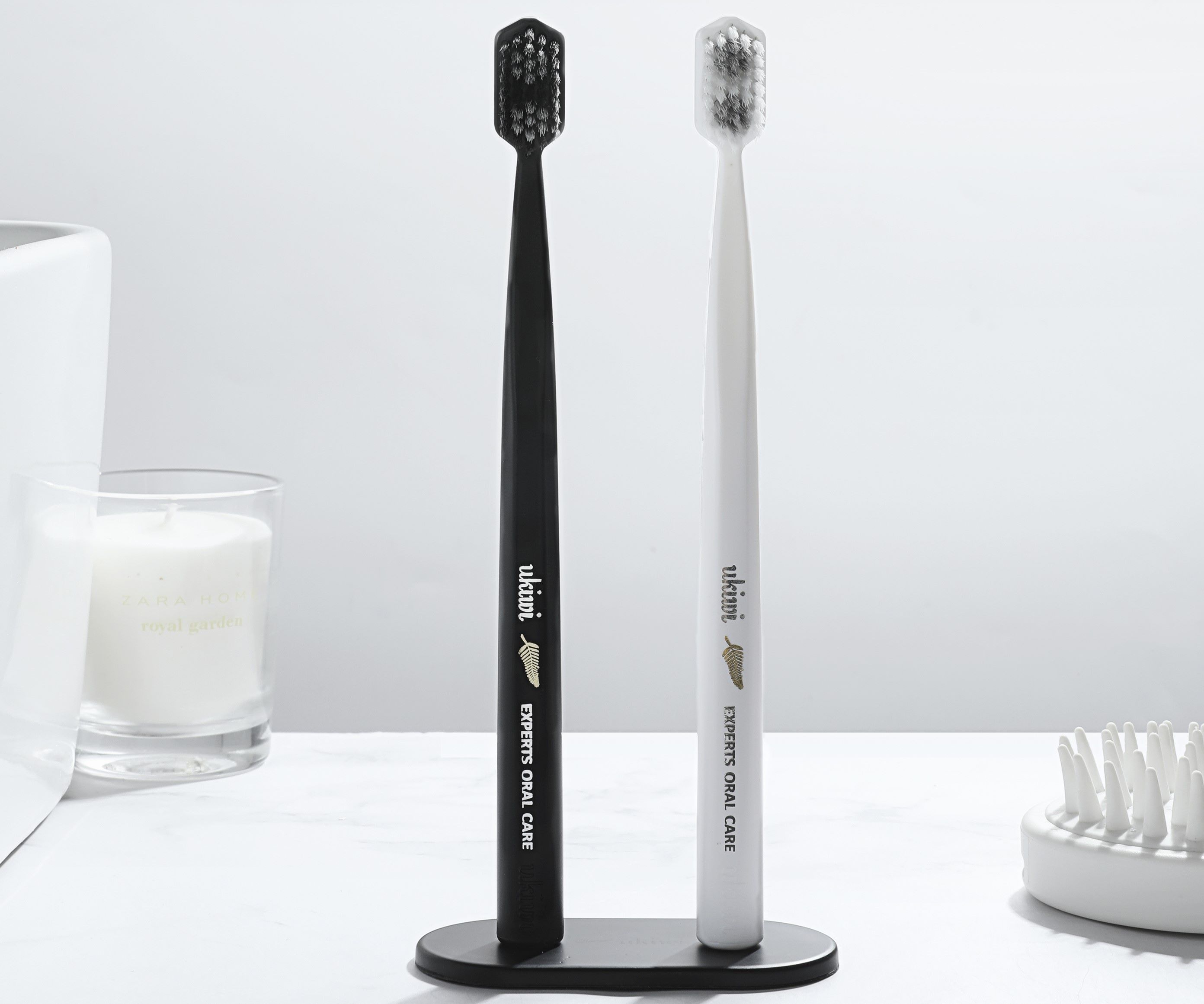
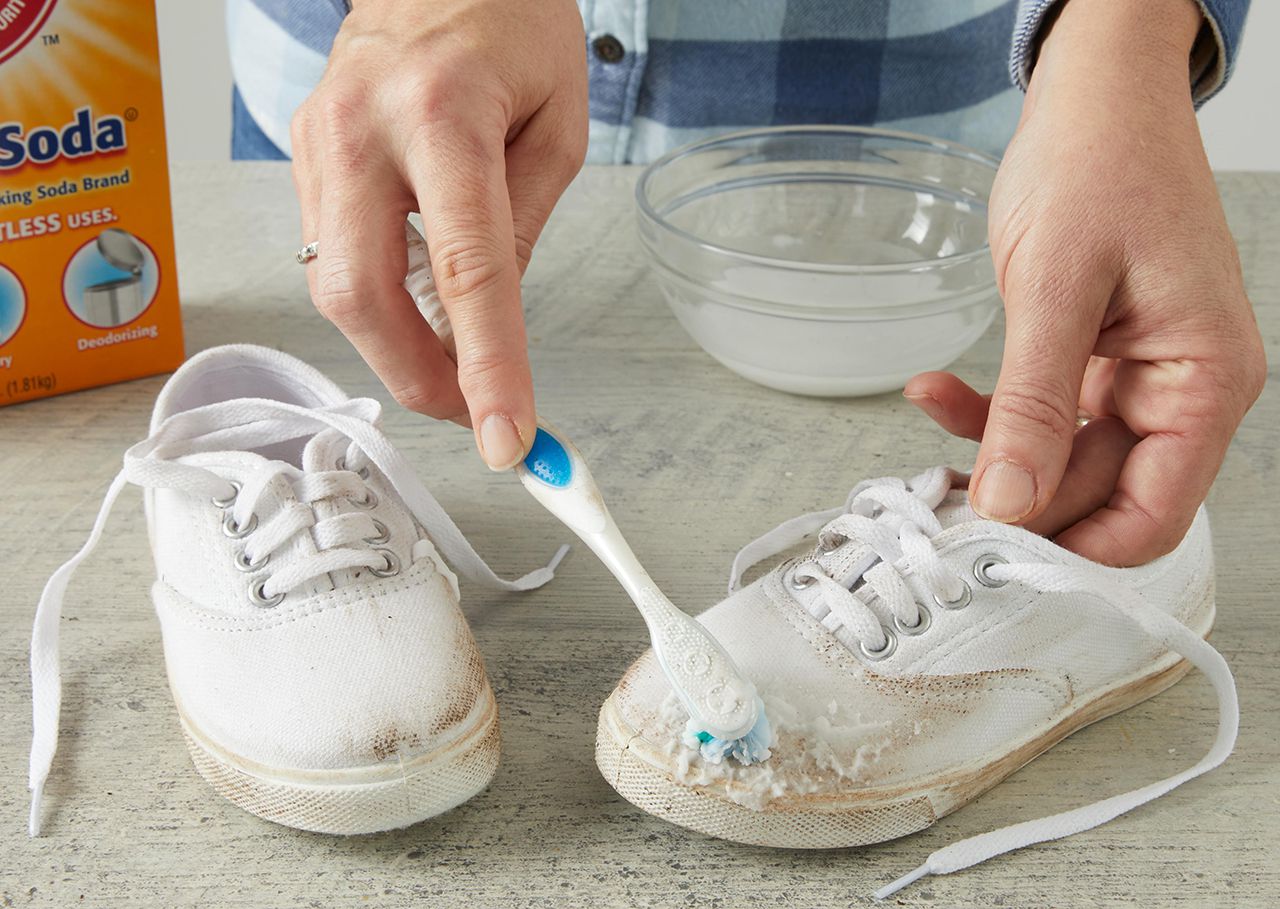
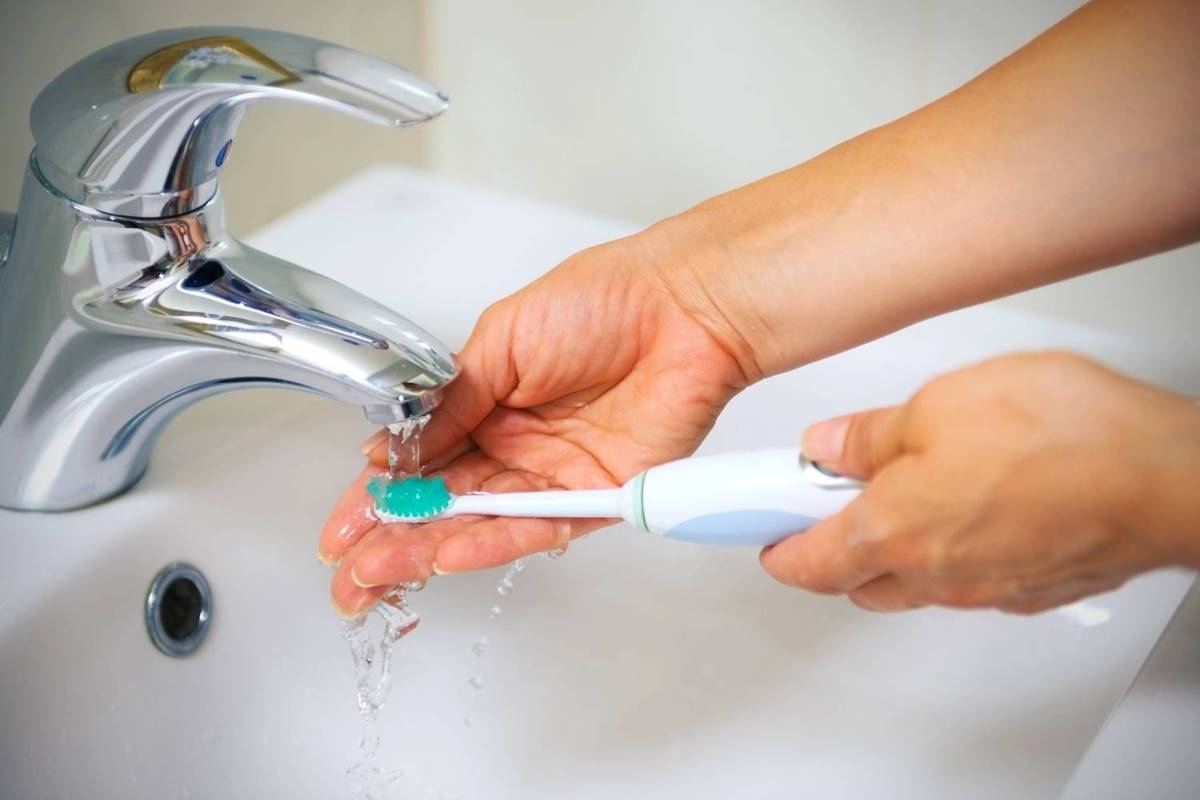
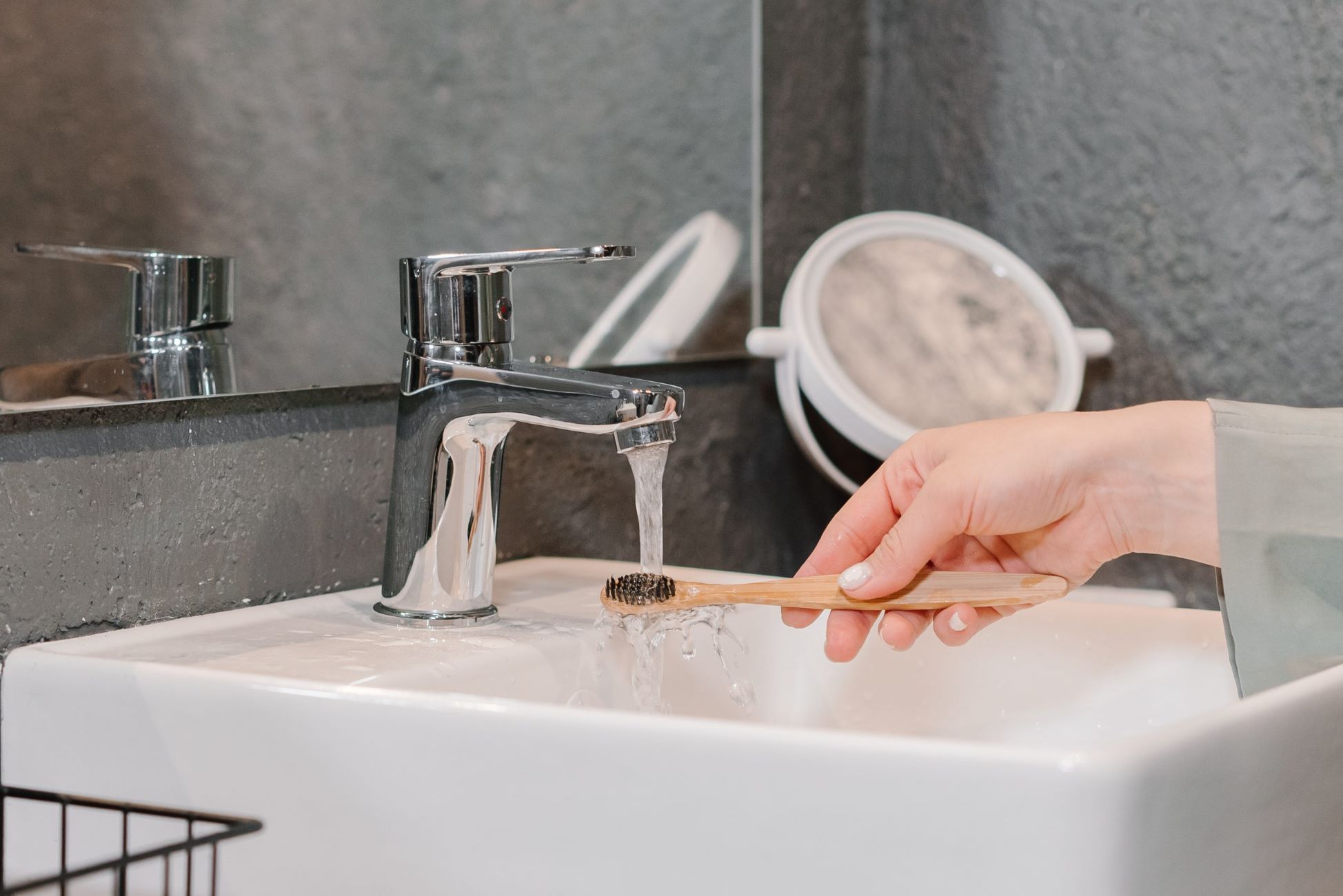
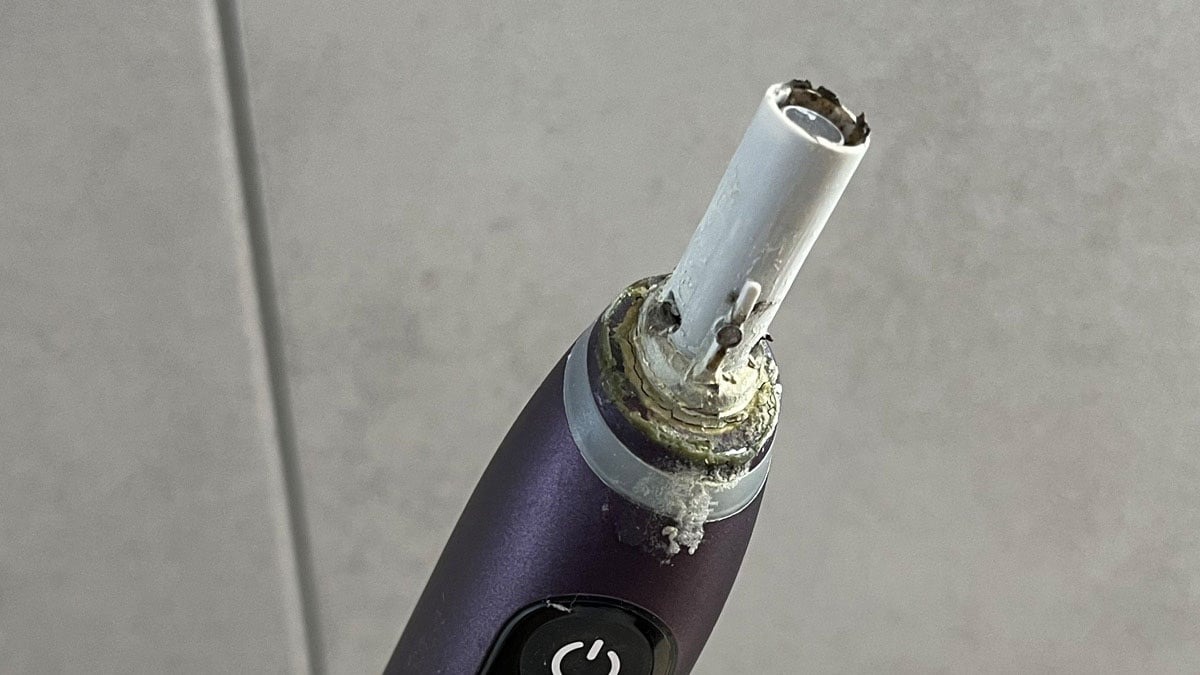
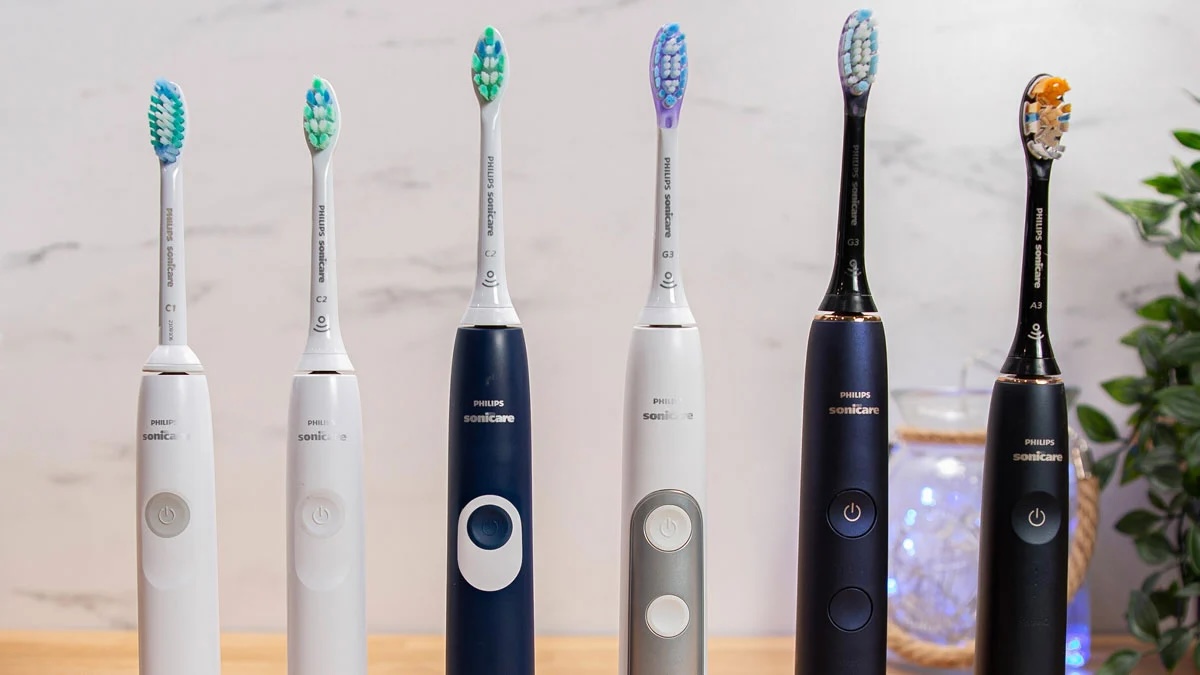
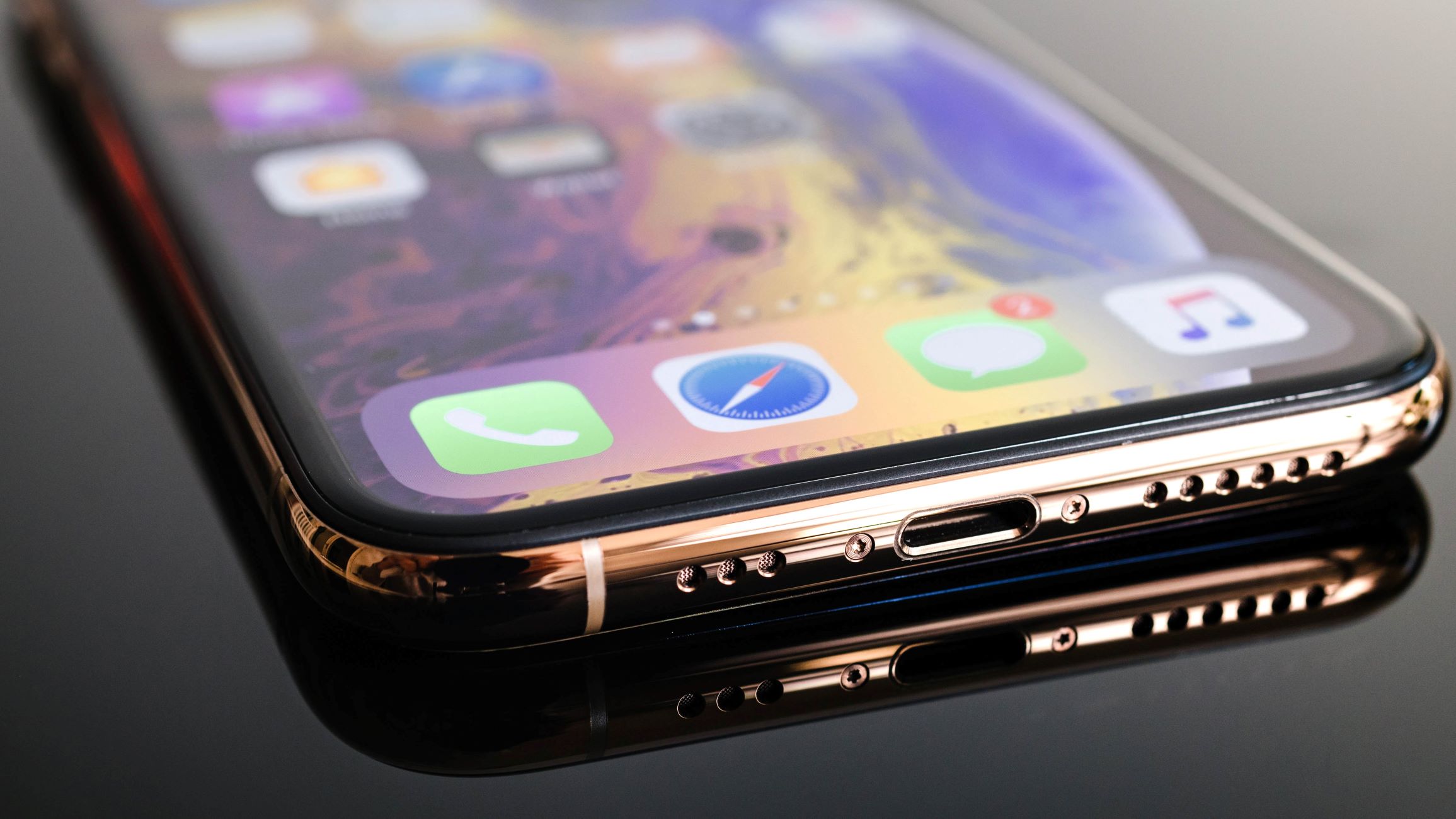
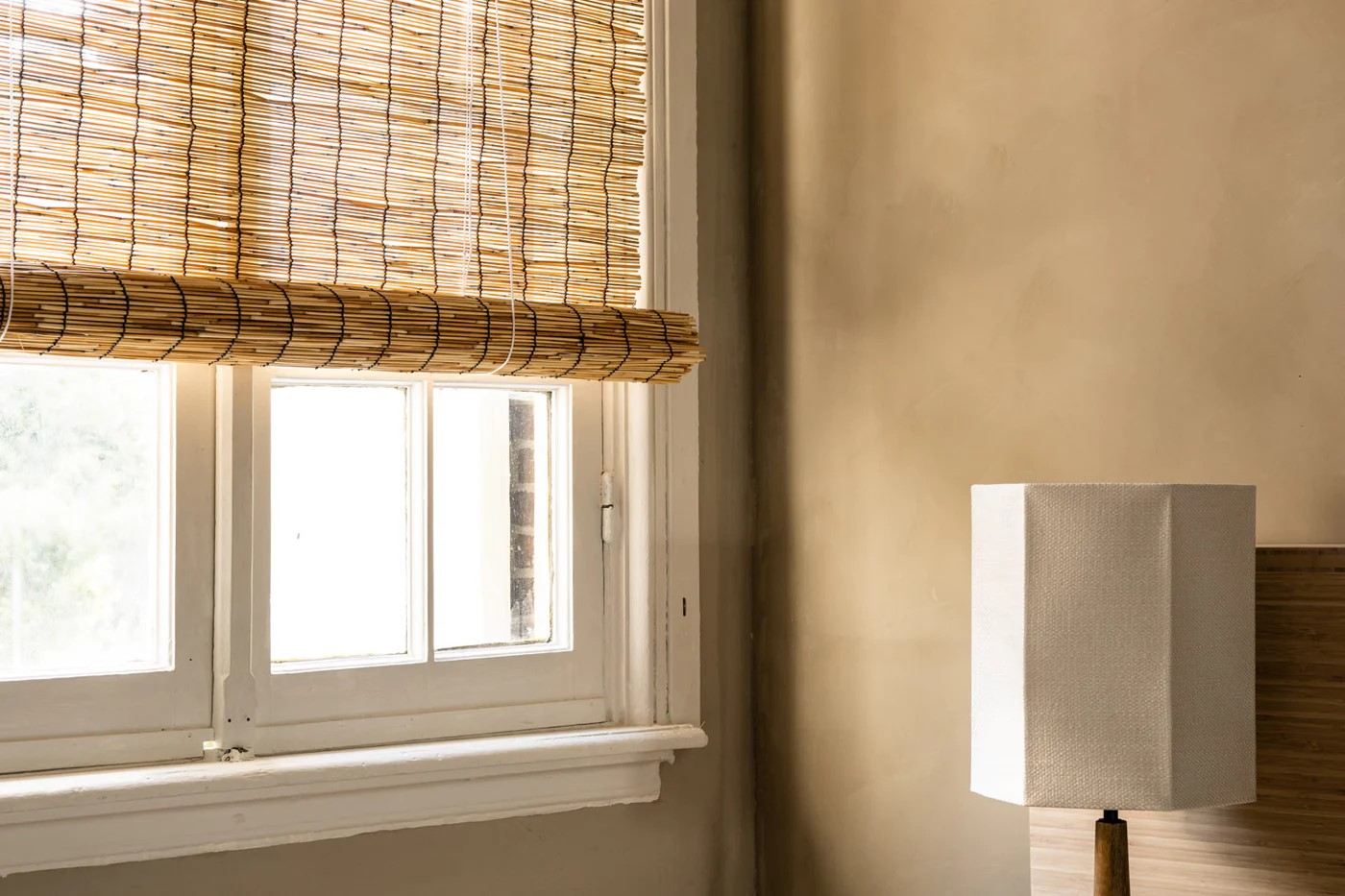
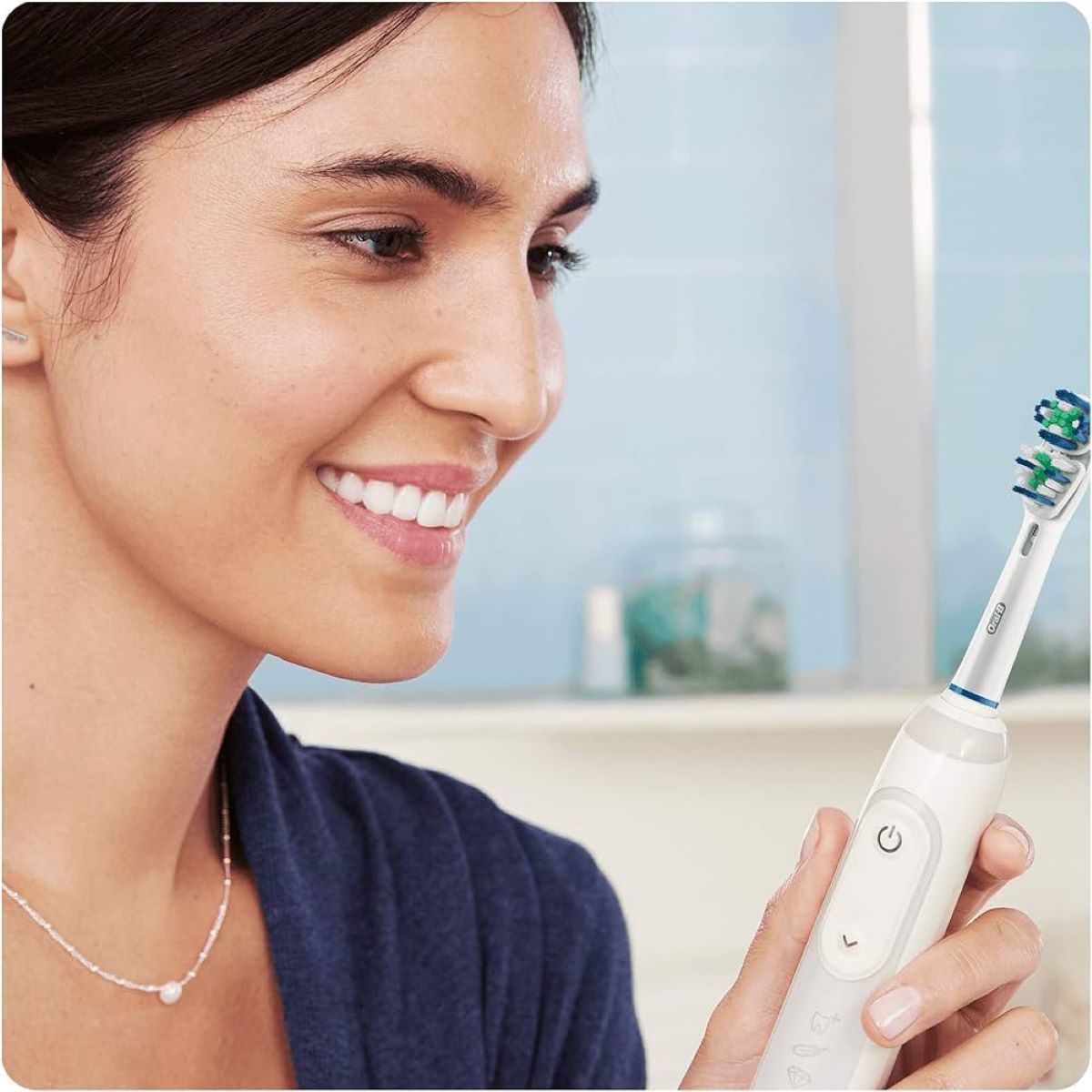
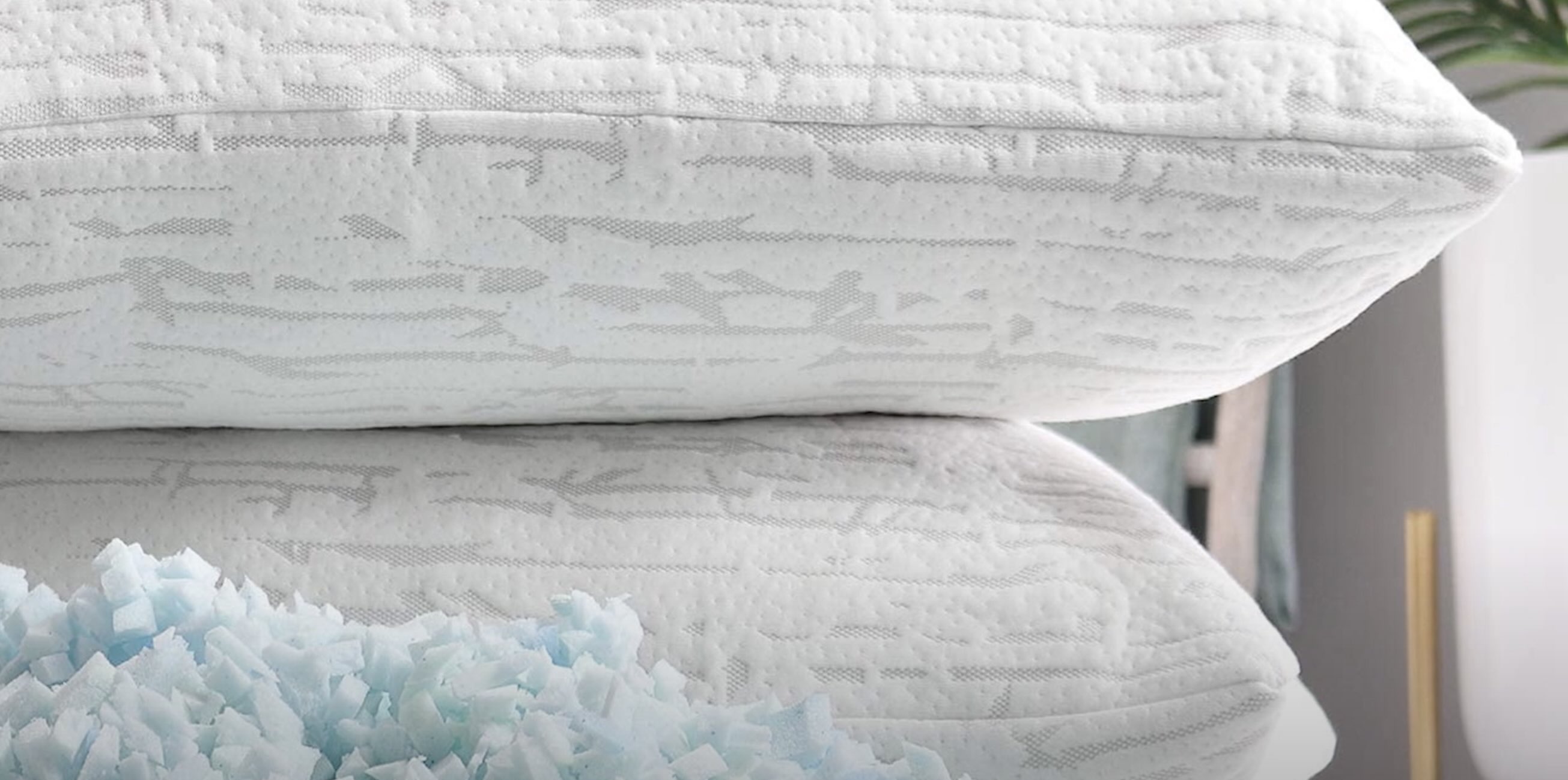
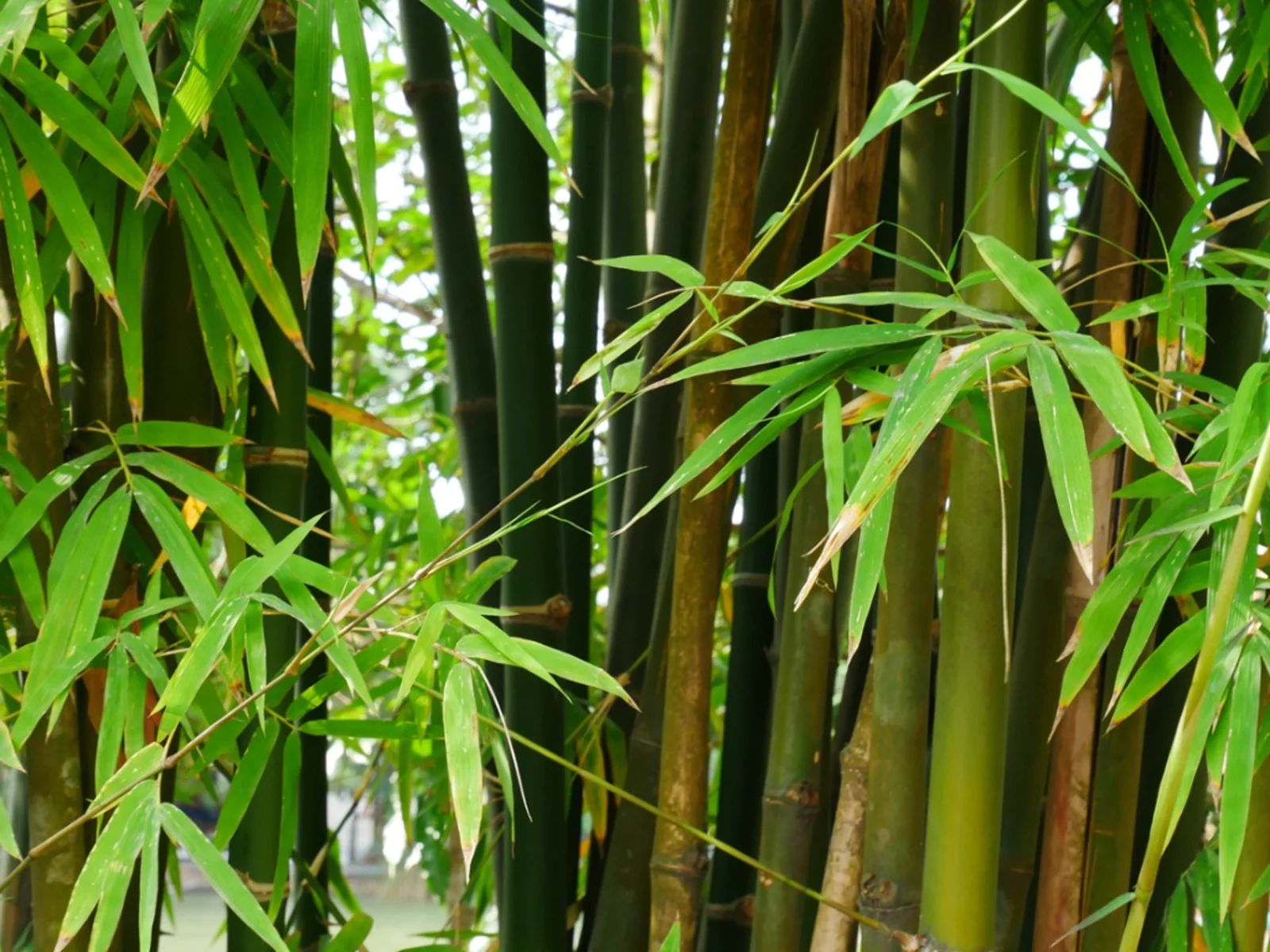

0 thoughts on “How To Clean A Bamboo Toothbrush”